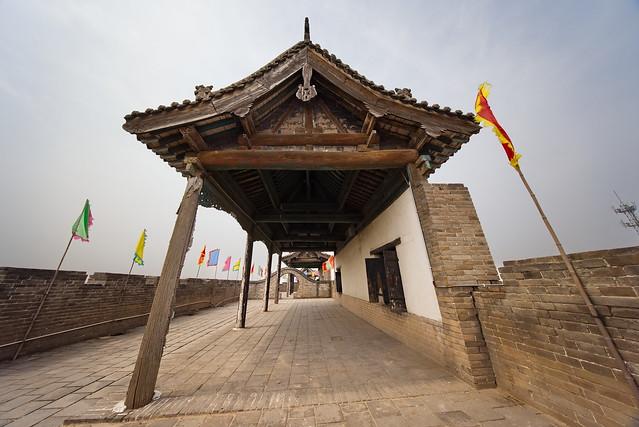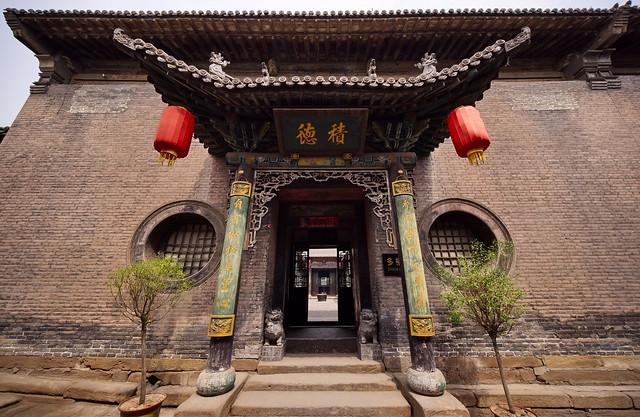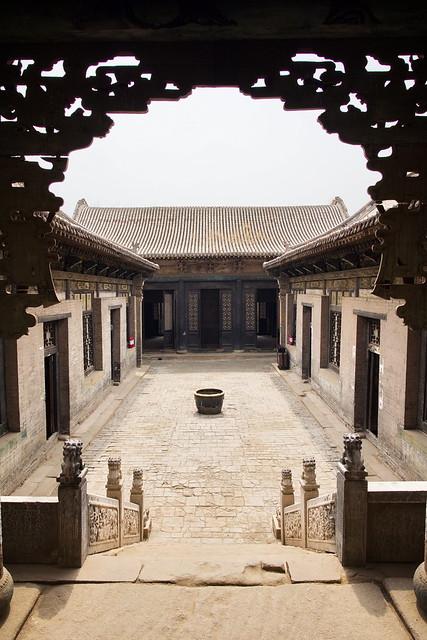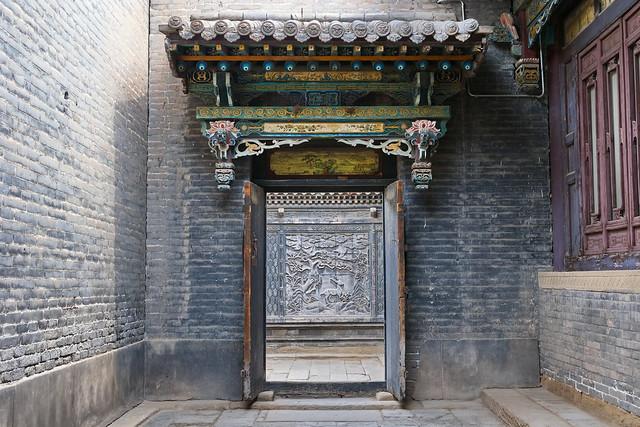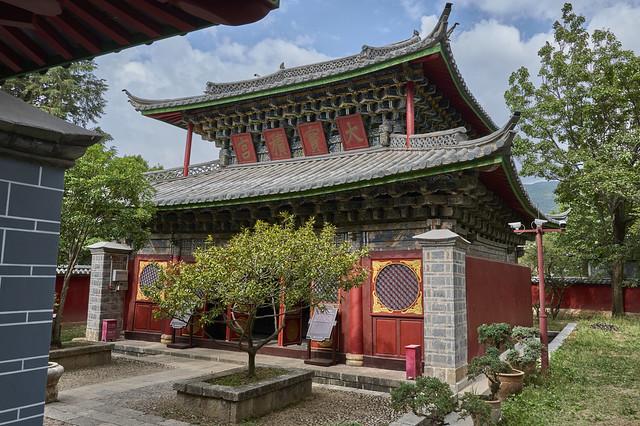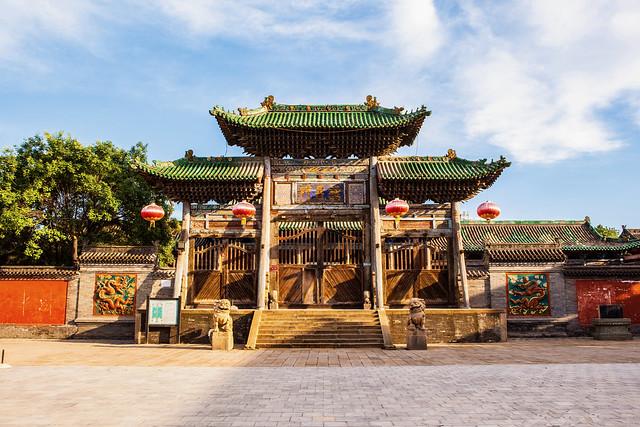Shanxi
Overview
Overview of Shanxi, China
Shanxi Province, located in Northern China, is a fascinating destination steeped in history and culture. It is particularly known for its rich heritage of ancient Chinese civilization, showcased in numerous historical sites and monuments. Shanxi is unique due to its remarkable collection of ancient architecture, including well-preserved courtyard homes, temples, and the famous Yungang Grottoes, which are adorned with thousands of statues of Buddha carved during the 5th and 6th centuries. The province is also famous for its Shanxi vinegar, a staple in Chinese cooking, and its role in the development of the Chinese banking system during the Ming and Qing dynasties.
Tourism Season and Activities
The high season for tourism in Shanxi is typically during the spring (April to June) and autumn (September to November) months. These periods offer the most comfortable weather conditions—mild temperatures and minimal rainfall—ideal for exploring the outdoors and the many historical sites. During these seasons, visitors can participate in various cultural festivals, hike the mountainous terrain of Wutai Mountain, a sacred Buddhist site, or explore the ancient walled city of Pingyao, which offers a glimpse into China's imperial past. Additionally, autumn brings beautiful foliage that enhances the natural beauty of Shanxi’s landscapes, making it a great time for photography enthusiasts.
Preparation for Travelers
Before visiting Shanxi, it’s important for travelers, especially teenagers, to prepare adequately to ensure a smooth and enjoyable trip. First, secure any necessary travel documents, such as a passport and a Chinese visa. It's advisable to learn a few basic phrases in Mandarin, as English is not widely spoken, especially in rural areas. Considering Shanxi's varied terrain, packing appropriate clothing and comfortable walking shoes is essential. Additionally, familiarize yourself with local customs and cultural etiquette to respect the local culture. Lastly, arranging for a local guide or joining a tour can be very helpful for navigating the region and gaining deeper insights into the historical significance of the sites visited.
How It Becomes to This
History not available

You May Like
Explore other interesting states in China
Discover More Area
Delve into more destinations within this state and uncover hidden gems.


